Introduction
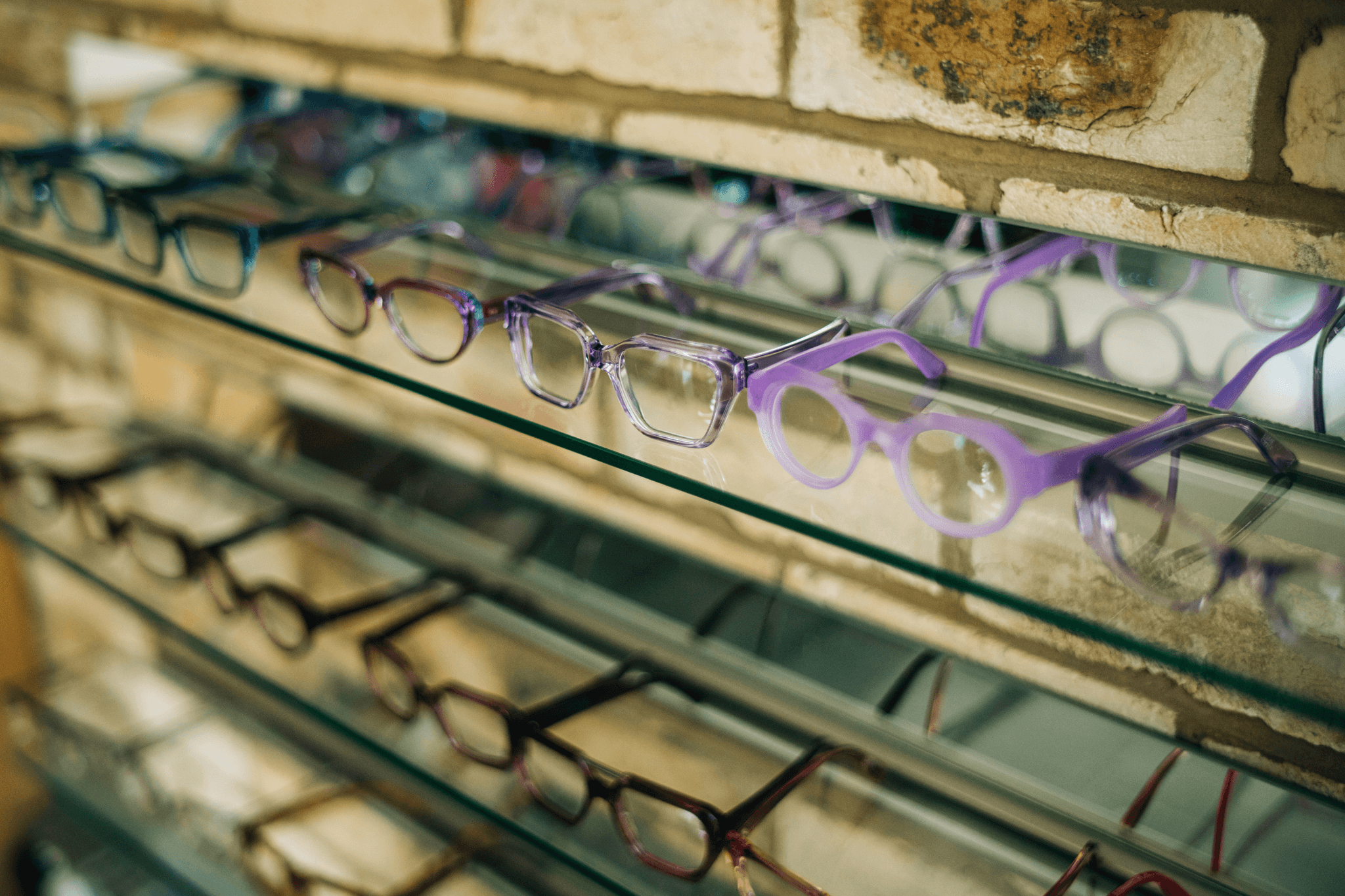
Are you curious about the inner workings of your eyeglasses? Do you find yourself wondering, What are the parts of glasses called? Well, let's demystify the anatomy of glasses and explore the various components that make up your trusty eyewear. From frames to hinges, we'll uncover the secrets behind these essential elements and their functions.
Understanding the Anatomy of Glasses
When it comes to understanding the anatomy of glasses, it's important to familiarize yourself with terms like frames, lenses, nose pads, hinges, and temple tips. Each part plays a crucial role in providing comfort and functionality for your eyewear. So next time you ask yourself, What are the parts of eyeglasses that go over the ear? or Can I replace the temples on my glasses? - you'll have all the answers at your fingertips.
Exploring the Components of Eyewear
Let's delve into the world of eyewear components and unravel their mysteries. From front frames that hold your lenses in place to bridge pieces that provide stability and support, each part serves a unique purpose. We'll also take a closer look at lens coatings and prescriptions, shedding light on how they contribute to your overall visual experience.
The Parts of Glasses Demystified
As we demystify the parts of glasses, we'll uncover not only their names but also their functions. Ever wondered What are the sticks on the side of glasses called? or What are the folding parts of glasses called? We'll address these questions and more as we unravel the intricacies behind each component. By gaining a deeper understanding of these elements, you'll be better equipped to choose eyewear that suits your needs.
Frames
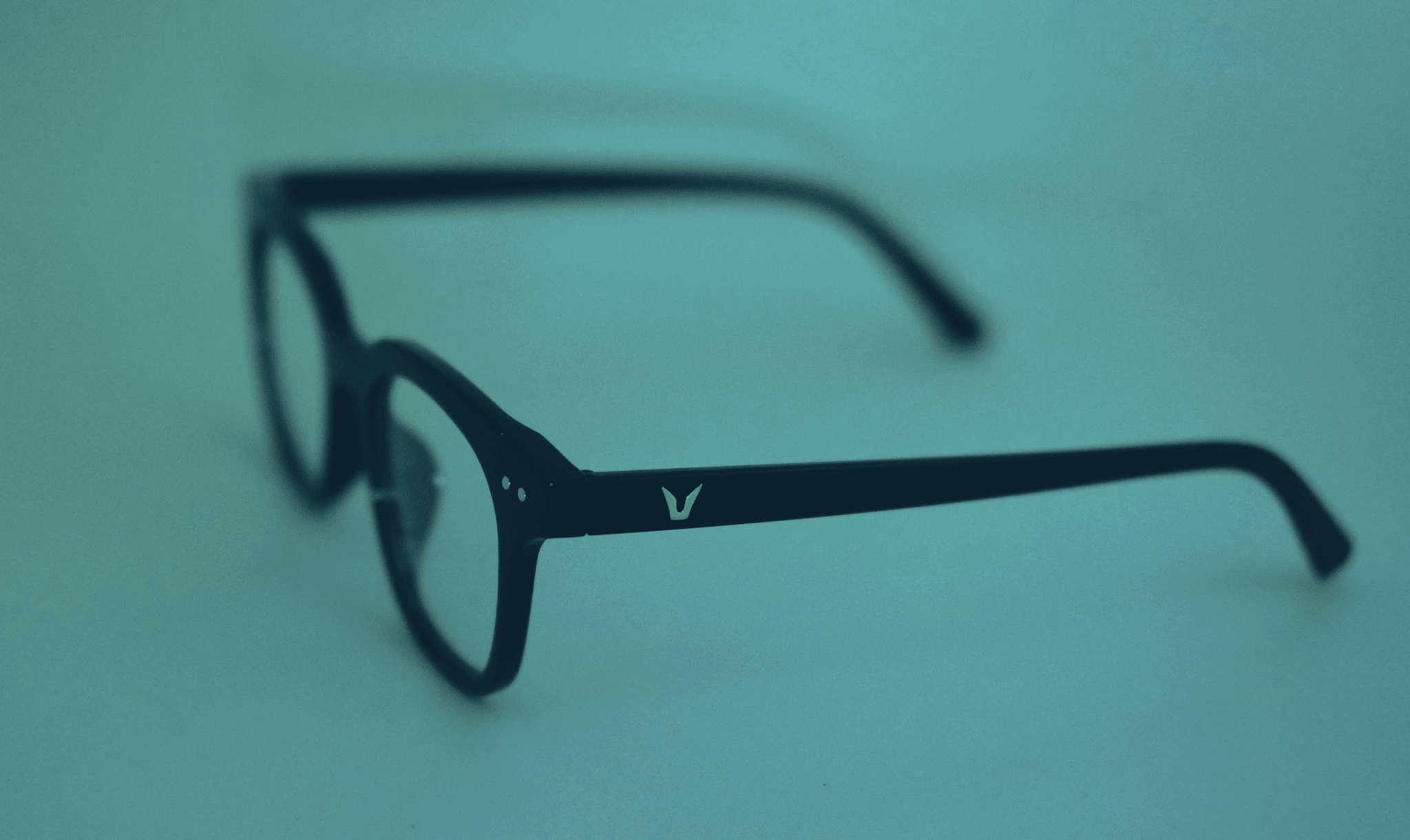
When it comes to understanding the anatomy of glasses, the frames play a crucial role. The front frame is the part that holds the lenses in place and determines the overall shape and style of the glasses. It is essential for providing structural support and ensuring that the lenses stay securely in place.
Front Frame
The front frame is the most prominent part of eyeglasses, as it houses the lenses and sets the aesthetic tone for the entire pair. It can be made from various materials such as plastic, metal, or a combination of both, offering different looks and levels of durability. The front frame also contributes to the overall comfort and fit of the glasses, making it a key component to consider when choosing a new pair.
Bridge
The bridge is the part of eyeglasses that sits on your nose, connecting the two lens frames together. It plays a crucial role in ensuring that your glasses stay in place while providing comfort for extended wear. Bridges come in different shapes and sizes to accommodate various nose shapes and sizes, allowing for a customized fit.
Temples
The temples are what we commonly refer to as the sticks on the side of glasses. They extend from the front frame over your ears to hold your glasses securely in place. Temples are adjustable to ensure a proper fit behind your ears, providing stability and preventing slippage during daily activities.
Lenses
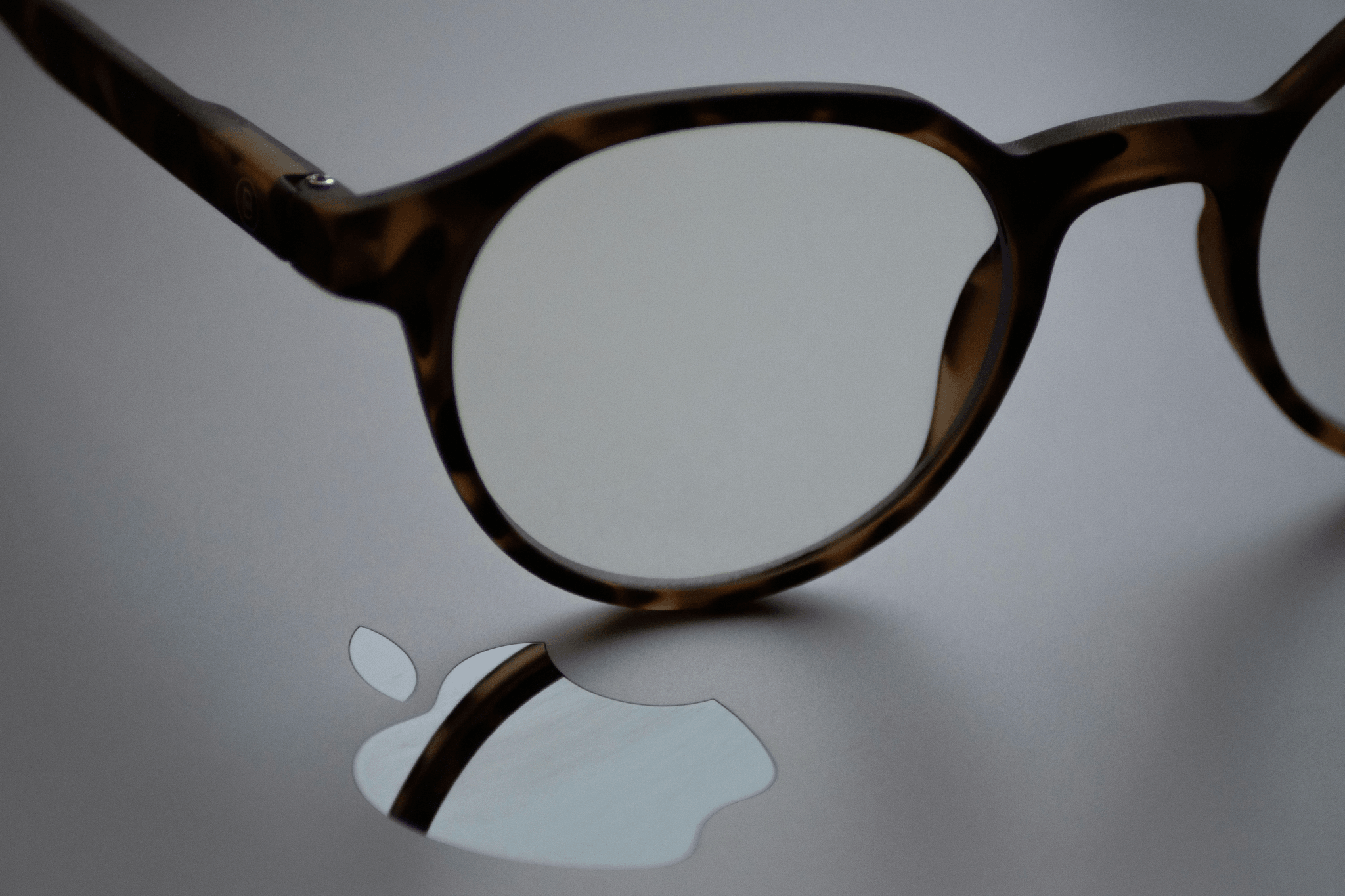
When it comes to understanding the anatomy of glasses, the lenses are a crucial component. The lenses are the part of eyeglasses that actually help you see clearly, and they come in various materials and designs to suit different needs. From single vision to progressive lenses, there are options for everyone's specific prescription.
Lens
The lens is the part of glasses that sits in front of your eyes and helps correct your vision. It can be made from different materials such as plastic or glass, and can also come in various shapes and sizes depending on your prescription needs. In addition to correcting vision, lenses can also have special coatings applied to them to reduce glare, protect against scratches, and even block harmful UV rays. These coatings can enhance the durability and performance of the lens, providing added value for the wearer.
Lens Coating
Lens coatings are additional layers applied to the surface of the lens to enhance its performance and durability. Anti-reflective coatings reduce glare, while scratch-resistant coatings protect the lens from damage.
Lens coatings are not only functional but also aesthetically pleasing. Some coatings can provide a tint to the lens, adding a touch of style to your eyewear while also reducing eye strain in bright conditions. Additionally, hydrophobic coatings can repel water and oils, making it easier to clean and maintain the lenses, ensuring that they stay crystal clear for longer periods of time.
Prescription
The prescription for eyeglasses is the key to ensuring that each individual's vision is properly corrected. By taking into account factors such as sphere, cylinder, axis, and more, opticians can create lenses that are tailored to meet the unique needs of each person. This personalized approach ensures that wearers can see clearly and comfortably, without any unnecessary strain on their eyes.
Now that we've covered the essential components of eyewear such as frames and lenses, let's delve into another important aspect: nose pads.
Nose Pads
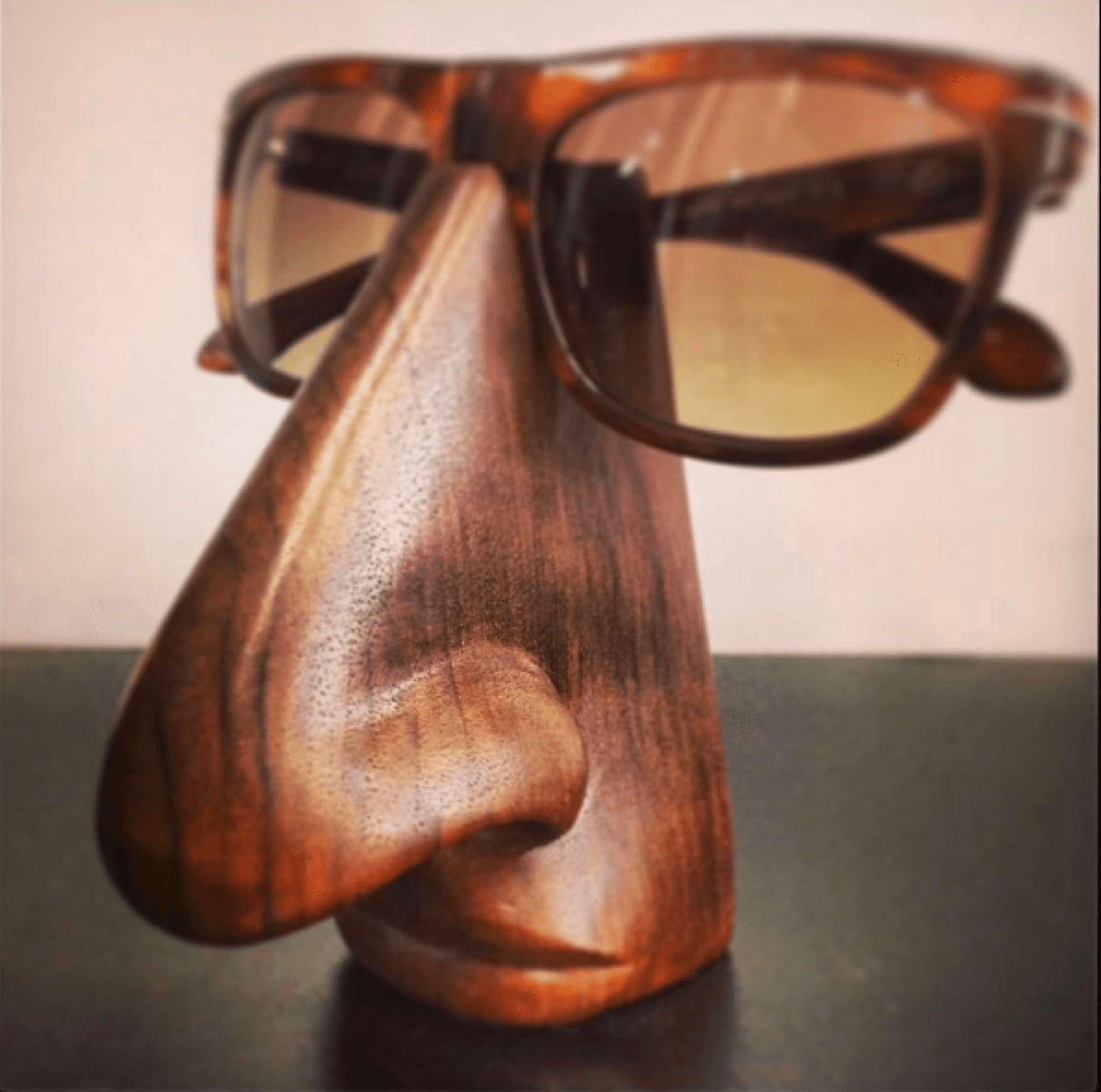
Nose pads are an essential part of glasses that provide comfort and support for your eyewear. They come in various types, including silicone, PVC, and foam nose pads. Silicone nose pads are the most common and offer a comfortable fit, while PVC nose pads are more durable and long-lasting. Foam nose pads are ideal for those with sensitive skin, as they provide a soft cushioning effect.
Types of Nose Pads
When it comes to types of nose pads for glasses, there are several options to choose from based on your personal preferences and needs. Some popular types include screw-on nose pads, push-on nose pads, and slide-on nose pads. Screw-on nose pads are secured with screws for a stable fit, while push-on nose pads simply snap into place. Slide-on nose pads easily slide onto the frame's bridge for quick adjustments.
Adjusting Nose Pads
If you find that your glasses are slipping down your nose or causing discomfort, adjusting the nose pads can make a world of difference. To adjust them, gently bend the arms of the frame where the nose pad attaches to create a tighter or looser fit. You can also use warm water to soften the material before making adjustments for added flexibility.
Comfort and Fit
The comfort and fit of your glasses largely depend on the type of nose pads you choose and how well they're adjusted to suit your facial features. It's important to ensure that the weight of your glasses is evenly distributed across your nose bridge to avoid pressure points or discomfort over time. Opting for high-quality materials and regularly checking the fit can help maintain optimal comfort throughout wear.
Hinges
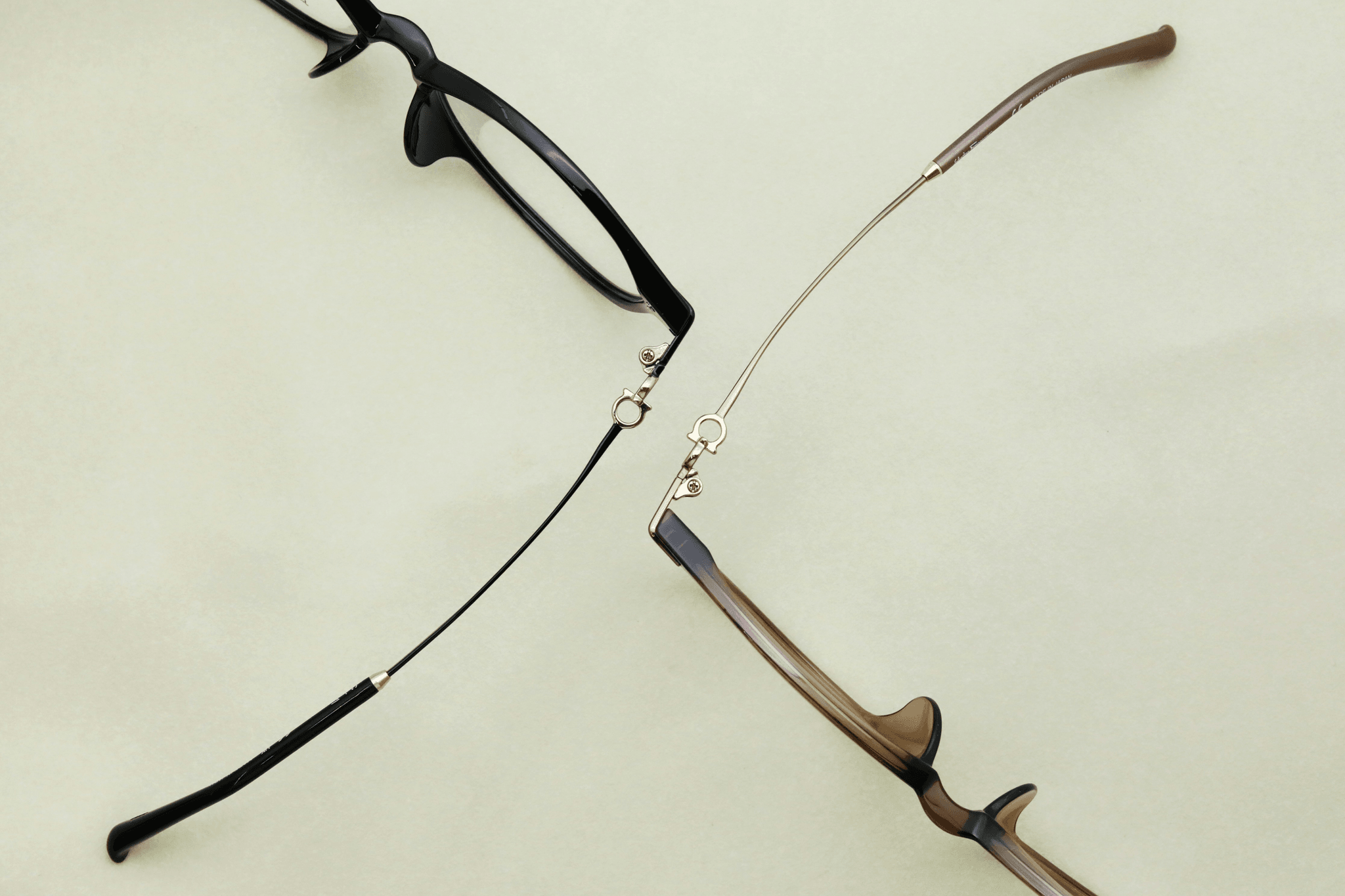
When it comes to the functionality of glasses, hinges play a crucial role in ensuring durability and flexibility. Different types of hinges are used in eyewear, including barrel hinges, spring hinges, and interlocking hinges. Each type offers unique benefits in terms of adjustability and sturdiness.
Different Types of Hinges
Barrel hinges are the most common type found on eyeglasses, featuring a small barrel that connects the frame and temple pieces. Spring hinges provide extra flexibility and reduce the risk of breakage by allowing the temples to bend outward without snapping. Interlocking hinges have a more intricate design that provides added strength and stability to the frame.
Durability and Flexibility
Hinges are designed to withstand constant movement and wear, so durability is essential for long-lasting eyewear. The flexibility of the hinges ensures a comfortable fit while also preventing damage from everyday use. Understanding the different hinge options can help you choose glasses that suit your lifestyle and needs.
Daposi's Innovative Hinge Design
Daposi has introduced an innovative hinge design that combines strength with sleek aesthetics for a modern twist on traditional eyewear construction. Their patented hinge technology offers enhanced durability without compromising on style, making it a popular choice for those seeking reliable yet fashionable glasses.
Temple Tips
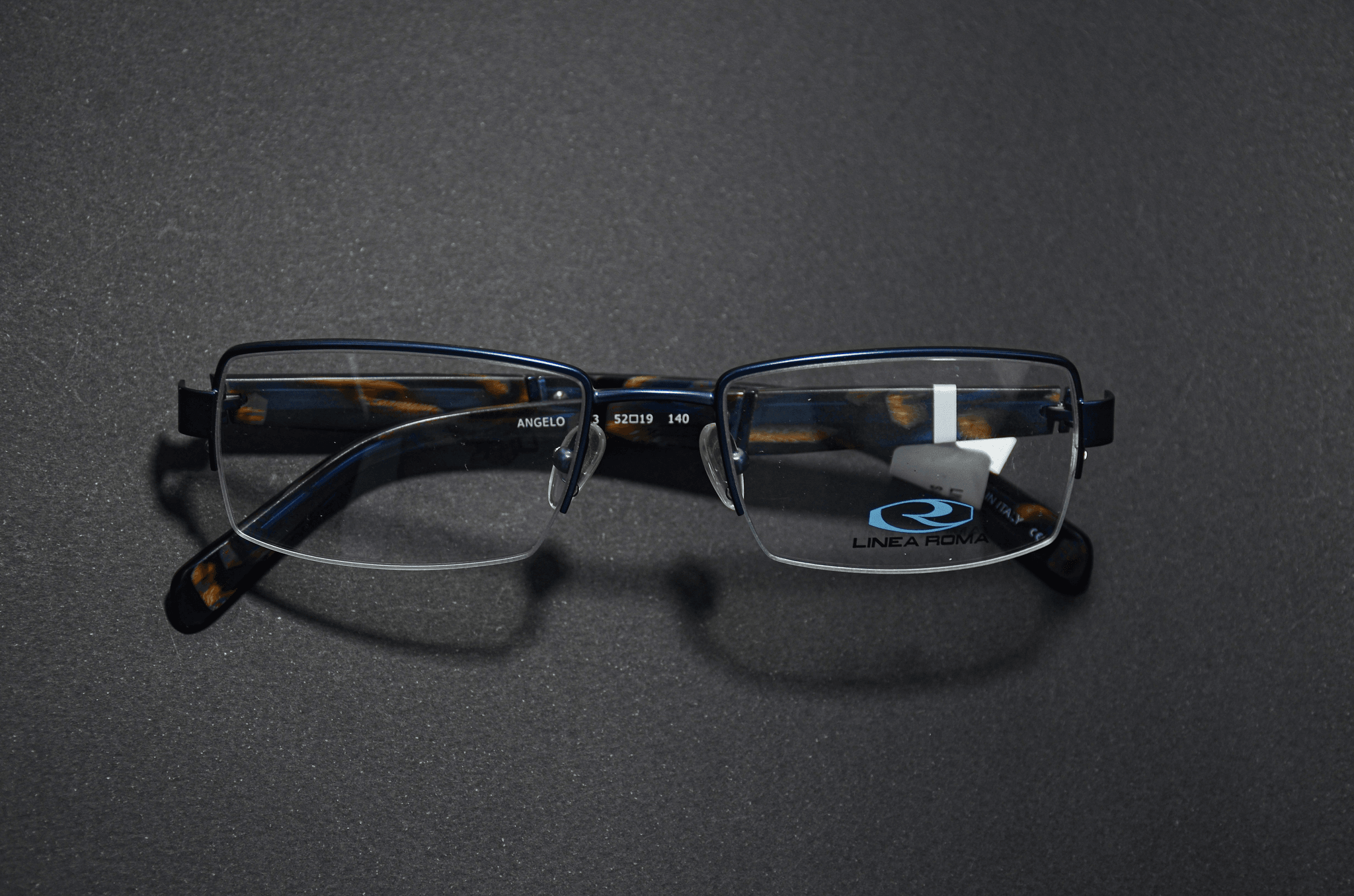
When it comes to the parts of glasses that go over the ear, they are called temple tips. These are the curved end pieces of the temples that hook around your ears, providing a secure and comfortable fit. Temple tips play a crucial role in keeping your glasses in place and preventing them from sliding down your nose.
Earpieces
The earpieces, also known as temple arms, are the long, straight parts of the frame that extend from the front frame to the temple tips. They rest on your ears and work together with the temple tips to ensure that your glasses stay in position. Earpieces come in various designs and materials, offering both functionality and style.
Comfortable Fit
The comfort of your eyewear largely depends on the fit of the temple tips and earpieces. Properly fitting temple tips should not exert excessive pressure on your ears, while well-designed earpieces should distribute weight evenly for a comfortable wearing experience. When choosing new glasses, pay attention to these components for optimal comfort.
What are the sticks on the side of glasses called?
The sticks on the side of glasses are commonly referred to as temples or temple arms. These parts extend from the front frame and hold the lenses in place while resting over your ears with their temple tips and earpieces. If you're looking to replace or customize these parts, many eyewear brands offer options for interchangeable temples.
Conclusion

Enhancing your Eyewear Knowledge
Now that you understand the anatomy of glasses, including the frames, lenses, nose pads, hinges, and temple tips, you can impress your friends with your eyewear knowledge. Knowing what the parts of eyeglasses are called will make you an expert in all things glasses-related. You can also use this knowledge to better communicate with opticians and frame stylists when choosing your next pair of glasses. Understanding the terminology will help ensure that you get the perfect fit and style for your face shape and personal preferences.
Choosing the Right Glasses for You
With your newfound knowledge of the parts of glasses and their functions, you can make an informed decision when choosing the right pair for you. Consider factors such as comfort, fit, and style to ensure that you find the perfect eyewear to suit your needs.
Now that you have a better understanding of what to look for in a pair of glasses, it's important to consider the durability and quality of the frames and lenses. Choosing a sturdy frame material, such as titanium or stainless steel, can ensure that your eyewear will last longer and withstand everyday wear and tear. Additionally, opting for scratch-resistant and anti-reflective coatings on your lenses can help maintain the clarity of your vision and prevent damage over time.
Maintaining and Repairing Your Eyewear
To keep your glasses in top condition, it's important to know how to maintain and repair them. You can replace the temples on your glasses if needed and learn how to adjust nose pads for maximum comfort. With this knowledge, you can ensure that your eyewear stays in great shape for years to come.
In addition to replacing temples and adjusting nose pads, it's important to regularly clean your glasses to keep them in top condition. Use a gentle, alcohol-free lens cleaner and a microfiber cloth to remove dirt, oil, and smudges from your lenses. Avoid using harsh chemicals or paper products, as these can scratch or damage the lenses.
Remember that understanding what are the parts of glasses called is just the beginning - now it's time to put that knowledge into action! Whether you're shopping for new frames or maintaining your current pair, being well-informed about eyewear will help you make the best choices for your vision needs.
